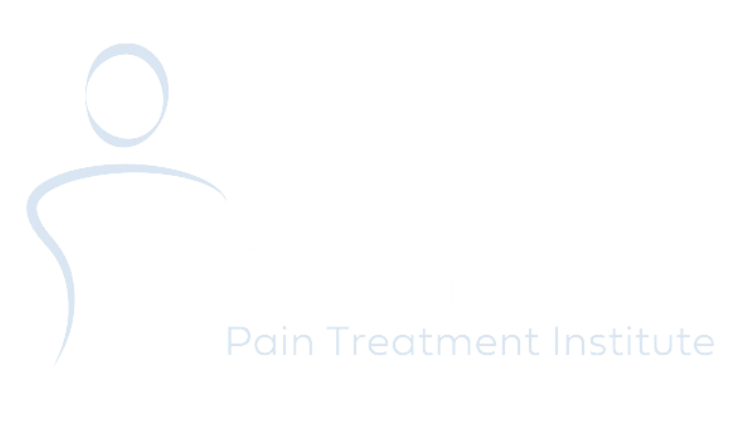Nerve Pain Treatments
Sympathetic Nerve Block
The sympathetic nervous system plays a central role in many types of neuropathic or sympathetically-mediated pain disorders. The sympathetic chain extends from the base of the skull to the tailbone.
Stellate Ganglion Block
This is a sympathetic nerve block performed at the C6 level of the sympathetic chain. The stellate ganglion block is performed to treat painful disorders of the upper extremity, such as complex regional pain syndrome.
Celiac Plexus Block
The celiac plexus block is performed to treat a variety of disorders that cause abdominal pain. Typically, this injection is performed at the level of the 1st lumbar vertebrae.
Lumbar Sympathetic Block
Neuropathic pain in the lower extremity, such as painful diabetic peripheral neuropathy, is treated with a lumbar sympathetic nerve block. The medication is injected along the sympathetic chain of the lower lumbar spine.
Superior Hypogastric Plexus Block
The superior hypogastric plexus block is performed for disorders that cause pelvic pain. The medication for this procedure is injected at the level of the L5 vertebral body.
Ganglion Impar Block
Chronic tailbone pain, or coccydynia, may be successfully treated with a ganglion impar block. With this block, the medication is injected along the anterior aspect of the coccyx (tailbone) and sacrum. There are two common approaches for this injection. The needle can be directed through the sacrococcygeal ligament to the appropriate position or it can be passed caudal to the tip of the coccyx and directed up the anterior aspect of the coccyx and sacrum.
Peripheral Nerve Blocks
There are a wide variety of disorders that can afflict the peripheral nervous system. These problems tend to affect a single nerve or a small group of nerves. Most of our peripheral nerve blocks are performed under ultrasound guidance to enable us to visualize the nerve and track the path of the needle as it approaches the nerve. Ultrasound guidance helps improve accuracy and safety.
Some of the common nerve blocks that we perform are trigeminal, ilioinguinal, intercostal, and median nerve blocks.
Trigeminal nerve blocks are indicated in the treatment of trigeminal neuralgia. Ilioinguinal nerve blocks are used to treat ilioinguinal neuralgia, which can present after an inguinal hernia repair. Post-thoracotomy pain syndrome and post-herpetic neuralgia are common causes of intercostal neuralgia, which is the main indication for an intercostal nerve block. Median nerve blocks can successfully treat carpal tunnel syndrome and help avoid or delay the need for surgery.
Spinal Cord Stimulation
Complex regional pain syndrome and painful diabetic peripheral neuropathy are two indications for spinal cord stimulation after conservative treatment options have failed, which includes neuropathic medications, physical therapy, and sympathetic nerve blocks. With this therapy, the spinal cord is stimulated and the patient’s pain stimulus is replaced by a sensation of vibration that provides pain relief. Other nerve pain conditions that can be treated with spinal cord stimulation include chronic abdominal pain and chronic pelvic pain.
Dorsal Root Ganglion Stimulation
Dorsal root ganglion stimulation is another form of neuromodulation used to treat focal neuropathic pain after conservative treatment options have failed. By targeting the dorsal root ganglion of one or more spinal nerve roots, this form of neurostimulation can deliver more targeted stimulation to specific painful areas of the lower extremities. Dorsal root ganglion stimulation is FDA-approved for the treatment of Complex Regional Pain Syndrome and Causalgia. It can also be an effective treatment for chronic pelvic pain and peripheral neuropathy. Like spinal cord stimulation, this route of neurostimulation also has a 3-7 day trial phase to help determine whether to proceed with permanent device implantation.
Peripheral Nerve Stimulation
Nerve pain that can be isolated to the distribution of one or two nerves can be effectively treated with perpheral nerve stimulation. After conservative treatment options have failed, the patient will undergo a 3-7 day temporary office-based trial procedure to determine whether the peripheral nerve stimulation can effectively reduce pain and improve function. Upon completion of a successful trial, the patient will proceed with permanent implantation. In certain patients, the painful condition may be able to be treated with a 2-month temporary trial without the need for a permanent device implantation.

